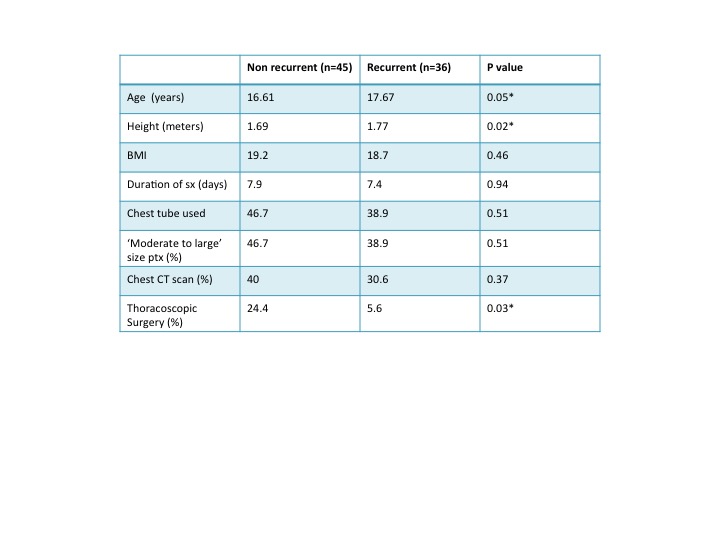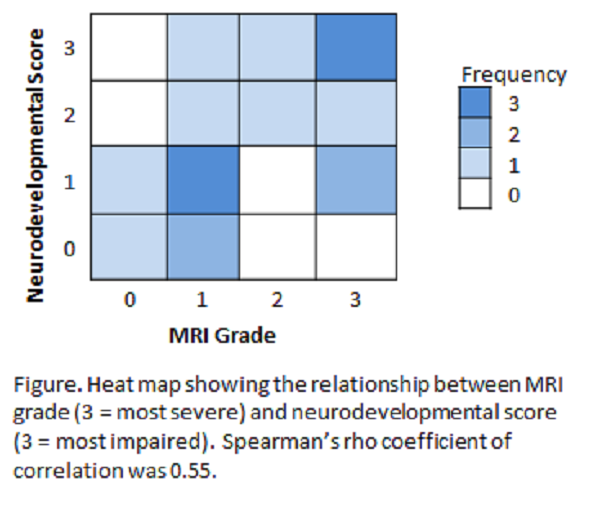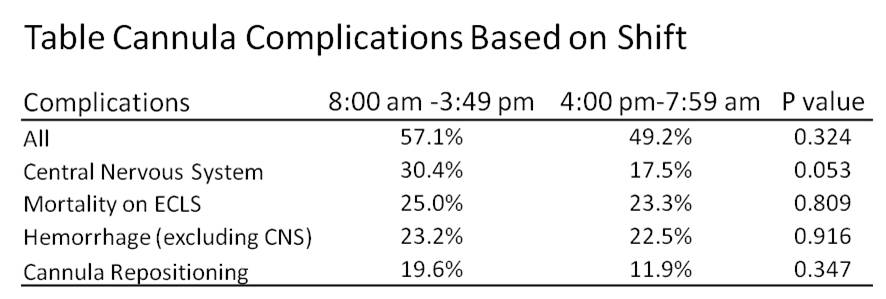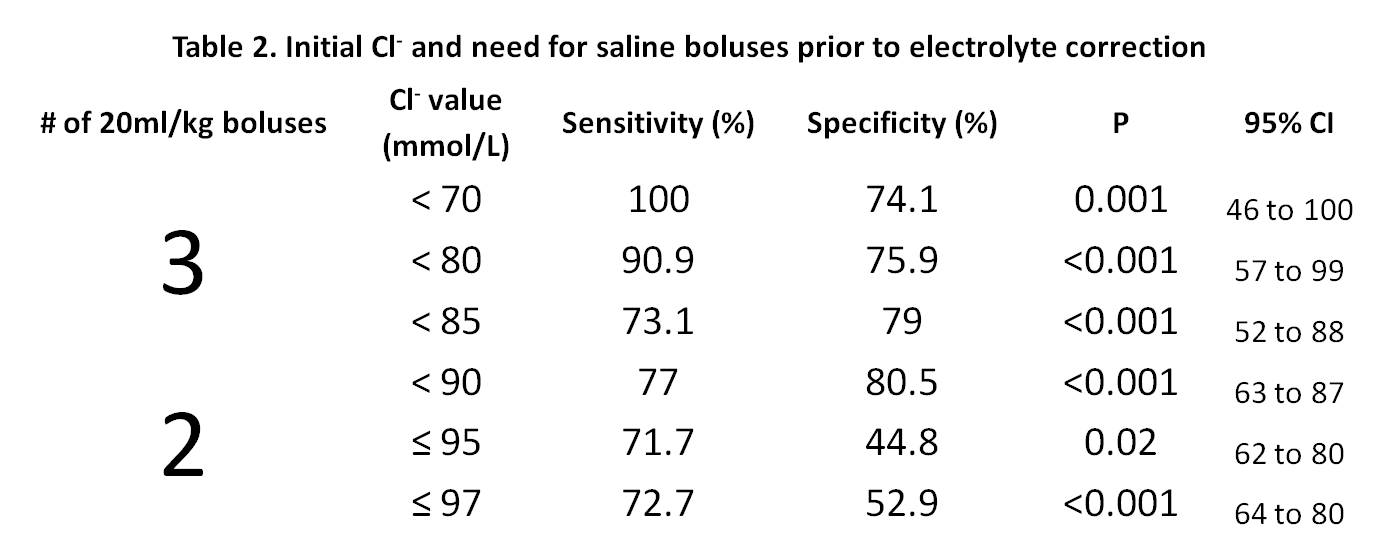N. A. Hamilton1, M. Wieck1, S. Krishnaswami1 1Oregon Health And Science University,Pediatric Surgery,Portland, OR, USA
Introduction: Laparoscopic appendectomy has become the preferred management for acute appendicitis. The use of a single laparoscopic umbilical incision (SPA), where the appendix is suture ligated in an extracorporeal manner similar to open appendectomy, has been proposed as a more cost effective alternative to 3-port appendectomy (3PA) which typically uses more ports and expensive surgical staplers. However, there have been concerns surrounding postoperative outcomes between the two techniques. We sought to review our experience with SPA and 3PA to identify any difference in clinical outcomes between the two techniques.
Methods: The charts of all children (ages 0-17) with a suspected diagnosis of acute appendicitis who underwent appendectomy at a tertiary pediatric referral center from January 2011-January 2014 were retrospectively reviewed. The surgical technique (SPA vs 3PA) was identified, as were any infectious complications. Data was analyzed using Chi square analysis to compare the outcomes in the two groups.
Results: Three-hundred thirty seven patients underwent appendectomy (141 SPA and 197 3PA), 35.6% of whom (40 SPA, 80 3PA) had perforated appendicitis. Of patients with perforated appendicitis, 20.8% developed intra-abdominal abscesses (5 SPA, 20 3PA, p=0.15). Eleven patients developed wound infections (4 SPA, 7 3PA, p=0.77).
Conclusion:SPA does not result in increased infection rates for acute or perforated appendicitis and should be considered an equivalent technical alternative to 3PA in the surgical management of appendicitis.





